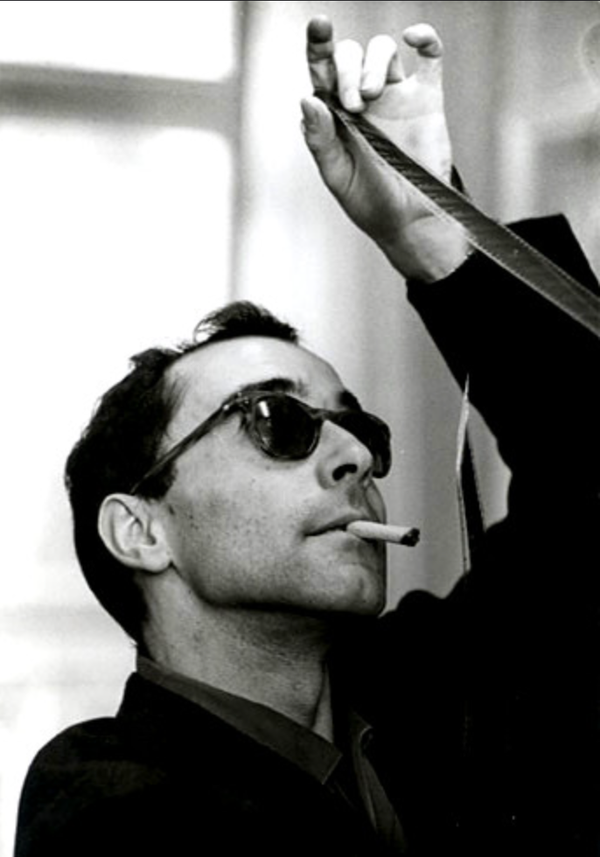Jean-Luc Godard, who died in September, started as an art critic before becoming an artist in his own right. Writing for Cahiers du Cinéma, he outlined an aesthetic theory that he would eventually put into practice by directing films of his own. In a 1957 review of Nicholas Ray’s Hot Blood, Godard argues that what separates Ray from all other filmmakers is Ray’s dedication to producing images that only make sense in the context of cinema. “After seeing Johnny Guitar or Rebel Without a Cause, one cannot but feel that there is something which exists only in the cinema,” writes Godard. “Which would be nothing in a novel, the stage, or anywhere else, but which becomes fantastically beautiful on the screen.”
“He rated . . . John Ford and Howard Hawks over the European arthouse formalists.”
Godard saw the cinema as an art form rife with possibilities, but also one with intriguing limitations. This can explain why he rated Hollywood masters like John Ford and Howard Hawks over the European arthouse formalists like Vittorio de Sica—cinema was not, in his estimation, an extension of the novel or older forms of storytelling. It was instead a technological innovation that had birthed an entirely new art form. It didn’t need traditional storytelling at all. Godard’s film criticism functions as the conceptual blueprint for the movies he would make.
Godard’s theory of film was influenced by Bertolt Brecht. Brecht’s epic theater encouraged audiences to see the artifice on stage before them. Actors would play multiple characters and break the fourth wall. In this way, the audience would be prevented from suspending its disbelief. Instead of entrancing them with beautiful illusions, Brecht prompted spectators to become aware of the artificiality of the theater, with the goal that they might direct this critical consciousness to their broader political predicament.
